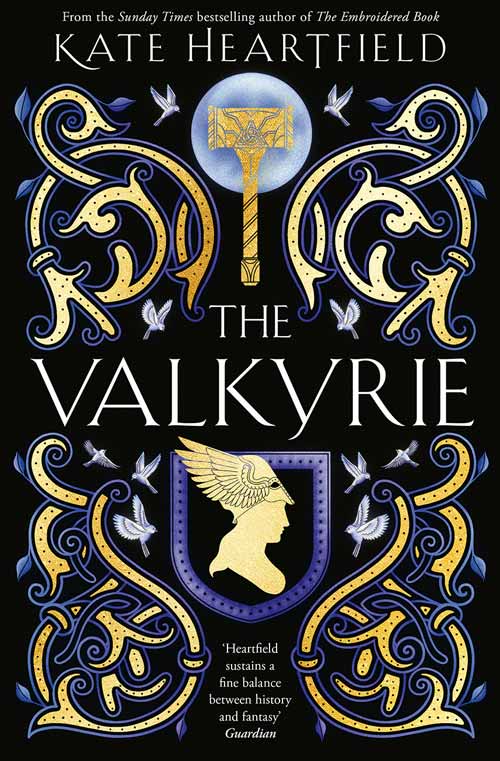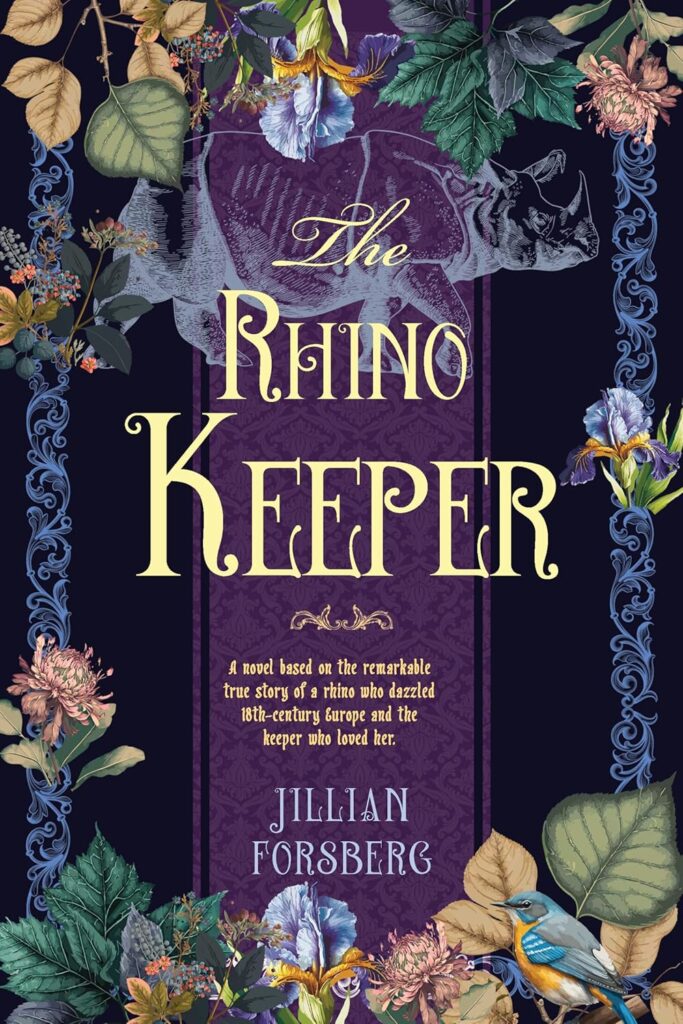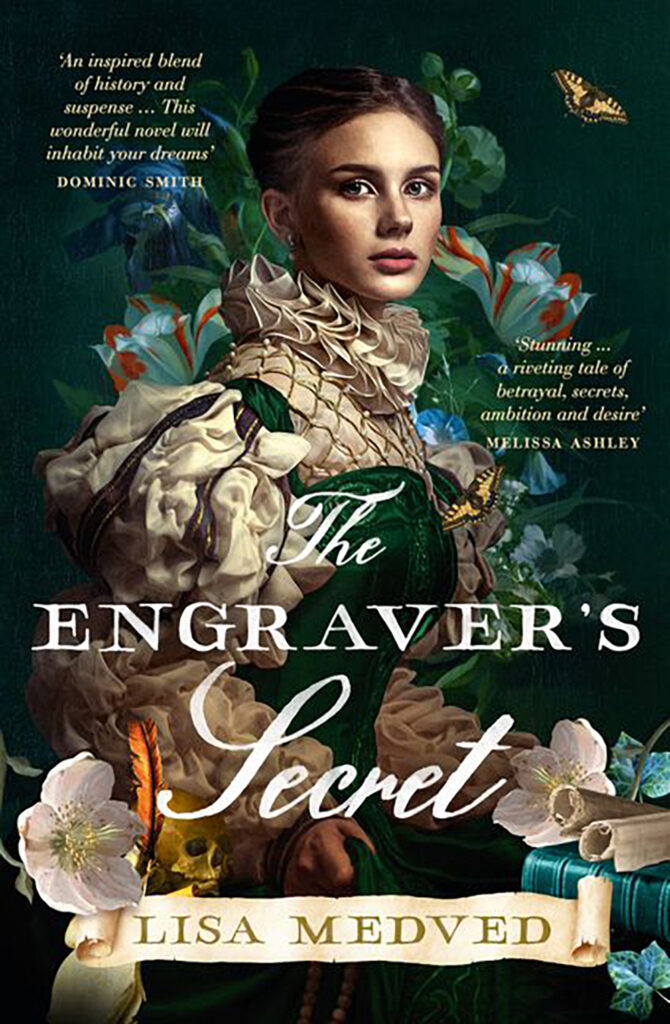History & Film | Drink and the Devil: Treasure Island
BY BETHANY LATHAM

Bobby Driscoll as Jim Hawkins and Robert Newton as Long John Silver in Treasure Island (1950)
Fifteen men on the dead man’s chest
Yo-ho-ho, and a bottle of rum
Drink and the devil had done for the rest
Yo-ho-ho, and a bottle of rum
So goes the chorus of Robert Louis Stevenson’s sea chanty in his pirate adventure novel, Treasure Island, published in 1883 (in novel form; it was first serialized 1881-1882). When I read the book as a child, my mental picture was somewhat literal: 15 men dog-piled on a dead guy, one they’d presumably just killed in a drunken melee since, well, pirates. Then I thought a bit about context and figured maybe it was 15 men clustered around a treasure chest, a chest belonging to someone now dead. The drink part I vaguely understood, and I wondered how the devil had done for the rest, but regardless, “I’m done for” was now added to my lexicon, to parental consternation when I used it to lament dish duty. Yet both childish suppositions were incorrect. Stevenson got the idea for Treasure Island (and the lyrics he created for the chanty) from a list of Virgin Island names he read in a book. Dead Man’s Chest is the name of the coffin-shaped island.
Treasure Island has everything necessary for an adventure story to capture a child’s (or adult’s, for that matter) imagination: a historical setting, tall ships, pirates, marooned hermits, buried treasure. I devoured it. And then I saw Disney’s 1950 film version and experienced my first crush: Robert “Bobby” Driscoll, in the role of the plucky protagonist, Jim Hawkins. The plot, briefly: Hawkins’s father (his mother, in the film) owns an inn, the Admiral Benbow. A drunken seaman, Billy Bones (Finlay Currie), is lodging at the inn, and he warns Jim of his overwhelming fear of the “seafaring man with one leg” – to always be on the lookout for this dangerous personage. Bones is visited by Blind Pew, a former shipmate who delivers to him, scrawled on a piece of paper, the Black Spot, an ominous summons to give up the location of a buried treasure. Bones, it turns out, was first mate to the infamous pirate Captain Flint, and now his former shipmates seek the location of Flint’s buried treasure. The Black Spot so terrifies Bones that he keels right over, dead from an apoplectic fit. In the film, he entrusts young Hawkins with Flint’s treasure map (in the book, Hawkins’s mother discovers it while looking for back rent in Bones’ sea chest). Hawkins shows this map to the local squire, Trelawney (Walter Fitzgerald), and Dr. Livesey (Denis O’Dea). They decide to mount an expedition to find and retrieve the dead pirate captain’s treasure. Trelawney commissions a fine ship, the Hispaniola, under a fine captain, Smollett (Basil Sydney). Smollett expresses his unhappiness with a couple of aspects of the venture: a) the squire has hired a cook, Long John Silver, and allowed that cook to recruit the majority of the crew and b) the entire crew (and half of Bristol) seems to know the purpose of the voyage, which was meant to be a secret. Hawkins is initially mistrustful of Silver – he exhibits horror when Silver comes out from behind a counter and Jim realizes the man only has one leg. But Silver’s roguish charm and quick wit soon allay the boy’s fears. Hawkins sets sail on the Hispaniola as cabin boy in search of the buried treasure; mutiny, murder, and adventure await.
This movie has the distinction of being Walt Disney’s first entirely live-action film, which was a significant leap for the studio. This decision was driven by a few factors. Disney had money in post-war England, proceeds from Disney films shown in the country that he could not move to the United States because of currency regulations. He decided to spend the funds on making a movie in England, but Disney lacked the resources for this to be an animated film; artists and animators like the team Disney had assembled in California were not available in England. Thus, he focused on live action, with most of the cast made up of British actors. The only Hollywood import for the primary characters was Driscoll, and several of his scenes that didn’t require close-ups had to be shot using a double due to problems with England’s child labor laws – Driscoll was forced to leave the country before filming wrapped because of them.1
Driscoll was one of the first actors Disney put under contract, part of a sweetheart team with another child actor, Luana Patten. He had already proved himself in a couple of Disney films that were part animation, part live action (eg, the now memory-holed Song of the South), and he would go on to be the voice of the boy who never grew up in 1953’s animated Peter Pan. His performances were a primary factor in the creation of an Academy Award for juveniles. It’s not unusual for successful child actors to experience difficulties as they age, but a word of unsolicited advice: if sadness isn’t your thing, never look into the path your childhood film crush took in life. Driscoll’s pathetic story hits like a ton of bricks. When he appeared in Treasure Island, however, the future was bright. His performance in the film as a precocious and brave twelve-year-old was generally praised by critics, though a few did ding him for his American accent. While my focus as a pre-adolescent was on Driscoll and his adventures, viewings of the film as an adult brought home the idiosyncratic virtuosity of Robert Newton’s performance as Long John Silver. It’s downright iconic.
Newton was a British character actor, and when viewing his performance now, from a certain perspective, it borders on caricature. The reason for this is that it’s essentially the archetype – though pirates had been a staple since the advent of moving pictures and Long John Silver had appeared on film before (eg, Wallace Beery’s portrayal in the 1934 Treasure Island), Newton essentially created the now familiar film pirate, from the speech patterns to the peg leg and cantankerous shoulder parrot (these last, admittedly, granted him by Stevenson’s character description). Though he had a wide range of well-received roles on stage and screen, Newton, like stars such as Errol Flynn, was eventually best known for his popularity with young, male audiences through roles in adventure films. His lifestyle was piratical in many respects – he was a hard-drinking and hard-living man. (And perhaps unsurprisingly, bankrupt and dead at 50.) He had some seafaring experience, having served in the Royal Navy during World War II. Newton was originally from Dorset in the West Country, and this is the accent and rhotic dialect he exaggerates for the Bristol-based Silver; it’s what gives “pirate speech” its hard, rolling rrrs. Newton’s Silver is hammy and fun – with a one-eyed squint and near perpetual sheen of sweat, possibly from lurching around on his peg leg, but just as likely due to the fact that Newton was three sheets to the wind during most of filming. The last film he worked on, Around the World in 80 Days, thought it wise to write into his contract that he had to remain sober on set; he managed it, but the astounding bender he went on after filming didn’t end until his death the next year. Silver carries on a snappy dialogue with his parrot, named Captain Flint, who’s continually shrieking “Pieces of eight!” It’s easy to see how Silver charms Jim Hawkins (“Smart as paint you are, Master ‘Arkins!”) while the audience, privy from the beginning to events and conversations Jim never sees, has a more complete picture of the duplicitous rogue (who turns out to have been Flint’s quartermaster) before a turn hidden in an apple barrel clues Jim in. The other pirates – George Merry, Israel Hands, et al. – are blunt instruments, but Silver is intelligent and cunning, able to play the long game. It’s obvious he’d sell his own mother for a doubloon, but one of the engaging aspects of his portrayal in Treasure Island is his soft spot for the young cabin boy. The timbre of their relationship is even more sympathetic when viewed in light of the novel; Jim’s father has just died not long before he sets out on the Hispaniola’s voyage, and Silver is a replacement father figure, of sorts.
Shot in vivid Technicolor, with some obviously fake but also lovely matte backgrounds (stormy scenes outside the Admiral Benbow Inn are a good example), Treasure Island ticked the right boxes for its 1950s audience. “Violent, exciting, colourful, stimulating, and brilliantly acted” was a general consensus; Bobby Driscoll is “sensitive” and Newton gave the “performance of his life.”2 The New York Times stated that “Mr. Stevenson’s classic never really sprung to full cinematic life until Mr. Disney waved his magic wand.”3
These are contemporary views. How well does the film age? Some modern reviews of this film complain about a variety of things, most often in comparison to what viewers now expect from multi-million dollar, effects-heavy Hollywood blockbusters: the location shots aren’t as convincing as those created with CGI, action scenes aren’t “exciting enough” when compared with special effects extravaganzas like those in Pirates of the Caribbean. Any time characters “waste” talking is “boring,” taking away from screen time that could be spent on repetitious fight scenes and explosions. One adjective used for some of the portrayals was “cartoonish,”4 with accompanying notes on the superiority of the Pirates franchise to the 1950 film. While it’s a valid description (Geoffrey Wilkinson’s gleefully deranged Ben Gunn and Walter Fitzgerald’s blustering moron Squire Trelawney provide ample evidence), this is amusing as a comparison criticism. Subtlety certainly isn’t Johnny Depp’s forte as a pirate captain, and the Pirates films and those of similar ilk are essentially live-action cartoons in their whimsicality and complete disregard for the laws of physics. An anonymous IMDB poster on Newton’s later reprisals of the Silver role (see below) summed it up: “In my single digits I rarely paid attention to the perceived budgetary constraints on a film or TV series…Will today’s kids, brought up on crap like the Pirates of the Caribbean ‘franchise’ with it’s [sic] naive premise and foppish ‘captain,’ not to mention the typical overuse of CGI, go for this? I doubt it, as it requires them to listen and think – besides, it has a plot!”5 Perhaps we can hope better for the capabilities of our modern children, but…it may be wise not to lay bets either way.
Newton’s portrayal of Silver garnered him more pirate roles (eg, Blackbeard), and he reprised the character of Silver in Return to Treasure Island (1954) and “The Adventures of Long John Silver” (a TV series which ran from 1956-1957). Imitation is said to be the sincerest form of flattery, and while there are few who would even recognize his name, the enduring impact of Newton’s portrayal is evident in all the outgrowths and parodies it spawned, including your officemates’ cringeworthy attempts on annual Talk Like a Pirate Day to imitate the speech patterns he popularized (it’s September 19, if you’d like to observe). Tim Curry channels Newton in his version of Silver in Muppet Treasure Island, facing off against a Kermit Captain Smollett who has never looked better green (even if his slippery amphibian hands do make cutlass work more difficult).
It’s not a spoiler to note that Jim survives his adventure, though he is far from unmarked by it. In the book, even when safely back in England, he confesses: “The worst dreams that ever I have are when I hear the surf booming about its coasts, or start upright in bed, with the sharp voice of Captain Flint still ringing in my ears: ‘Pieces of eight! Pieces of eight!’” I was also left with something enduring from repeated childhood viewings of Treasure Island – memories of fantastically fun pirate playtimes with my younger brother (though he did prefer Davy Crockett), and a fascination with adventure stories and their film outgrowths, especially those featuring tall ships and stars to steer them by.
About the contributor: BETHANY LATHAM is a professor, librarian, and HNR‘s Managing Editor. She is a regular contributor to NoveList and a regular reviewer for Booklist.
References:
1. Treasure Island (film)
D23, Disney A to Z. https://d23.com/a-to-z/treasure-island-film/
2. Virginia Graham
“Treasure Island.” The Spectator, 23 June 1950. http://archive.spectator.co.uk/article/23rd-june-1950/13/cinema
3. The New York Times
“Two Films Have Their Premieres”. The New York Times. 16 August 1950. https://www.nytimes.com/1950/08/16/archives/the-screen-two-films-have-their-premieres-treasure-island-with.html
4. Drew Martin
“Drew Martin Writes: Treasure Island”. https://drewmartinwrites.wordpress.com/2021/03/11/treasure-island-1950-review/
5. Internet Movie Database (IMDB)
“User Reviews: Adventures of Long John Silver.” https://www.imdb.com/title/tt0047705/reviews?ref_=tt_ov_rt
Published in Historical Novels Review | Issue 99 (February 2022)






